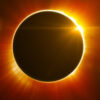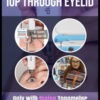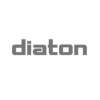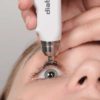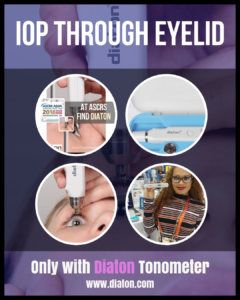The Shadow of Eclipse: Understanding Vision Loss Through the Lens of Glaucoma
As the moon glides across the sun during a solar eclipse, casting a shadow over the Earth, it offers a rare spectacle that captivates the imaginations of millions. Yet, this celestial event also serves as a poignant metaphor for glaucoma, a stealthy thief of sight that can envelop one’s vision in darkness, much like the moon obscures the sun’s brilliance. Drawing parallels between these two phenomena, we explore the critical importance of regular eye examinations for glaucoma, the role of intraocular pressure (IOP) in this condition, the Diaton tonometer’s significance, and offer tips on safely viewing a solar eclipse to protect your eyes.
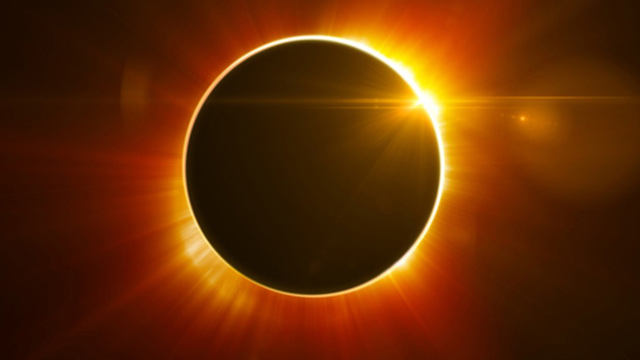
The Silent Advance of Glaucoma
Glaucoma is often likened to a “silent thief of sight,” as it gradually reduces peripheral vision, eventually leading to blindness if left untreated. Much like the subtle approach of the moon’s shadow before a total solar eclipse, glaucoma’s progression is insidious, and symptoms may not be noticeable until significant damage has occurred. This eye condition is characterized by damage to the optic nerve, often associated with increased intraocular pressure (IOP), although glaucoma can also occur with normal IOP levels.
Everyone is at Risk
Glaucoma does not discriminate; it can affect individuals of all ages, ethnicities, and backgrounds. However, certain groups, such as people over the age of 60, those with a family history of glaucoma, diabetics, and individuals of African, Hispanic, or Asian heritage, are at higher risk. Regular comprehensive eye exams are crucial for early detection and management of glaucoma, helping to preserve vision.
Intraocular Pressure: A Key Factor
IOP is a critical factor in the diagnosis and management of glaucoma. Elevated IOP can lead to damage to the optic nerve, which transmits visual information from the eye to the brain. Monitoring IOP allows eye care professionals to identify individuals at risk of developing glaucoma and to manage patients with the condition effectively.
The Role of the Diaton Tonometer
The Diaton tonometer is an innovative device designed for the non-invasive measurement of IOP through the eyelid, making it a valuable tool in the battle against glaucoma. Its ease of use and the comfort it offers patients make it an ideal choice for regular monitoring of IOP, facilitating early detection and intervention to prevent vision loss.
Viewing a Solar Eclipse Safely
The allure of a solar eclipse is undeniable, but it’s vital to view this phenomenon safely to avoid eye damage, such as solar retinopathy. Here are tips to protect your eyes:
- Use Solar Viewing Glasses: Ensure they meet the international standard (ISO 12312-2) for safe viewing.
- Avoid Direct Viewing: Never look at the sun directly without appropriate eye protection, even during a partial eclipse.
- Telescope and Binocular Safety: If using these devices, attach solar filters to the front of the device. Never attach them at the eyepiece, as the concentrated solar rays can damage the filter and enter your eyes.
- Pinhole Projector: This indirect viewing technique allows you to project the image of the sun onto a flat surface through a pinhole, providing a safe way to observe the eclipse.
In Conclusion
The analogy between a solar eclipse and glaucoma offers a compelling reminder of the importance of vigilance in eye health. Just as the moon’s shadow can envelop the sun, leaving us in darkness, glaucoma can stealthily rob us of our sight. Regular eye examinations, monitoring IOP with devices like the Diaton tonometer, and adhering to safe viewing practices during solar eclipses can help protect our precious gift of sight. Let us be proactive in our eye care, ensuring that the beauty of the cosmos and the world around us remains within our view.

